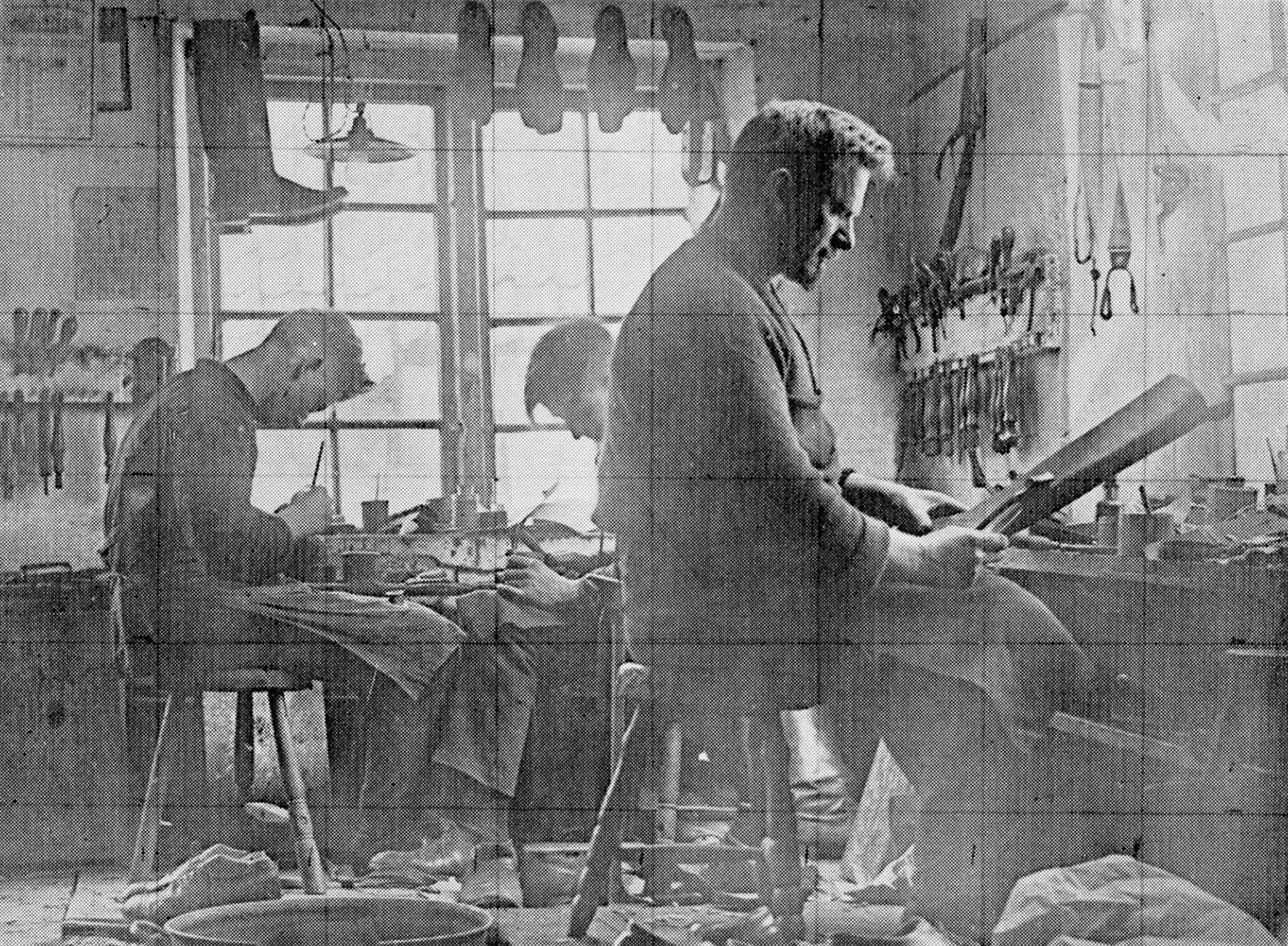
Hans Jørgensen Wegner was born 2 April 1914 in Tønder, a small town in Southern Jutland, Denmark.
Typical of the period, Tønder was a town rich in traditional crafts, Wegner the son of the local shoemaker, grew up familiar with the environment and tools used in his father’s workshop.
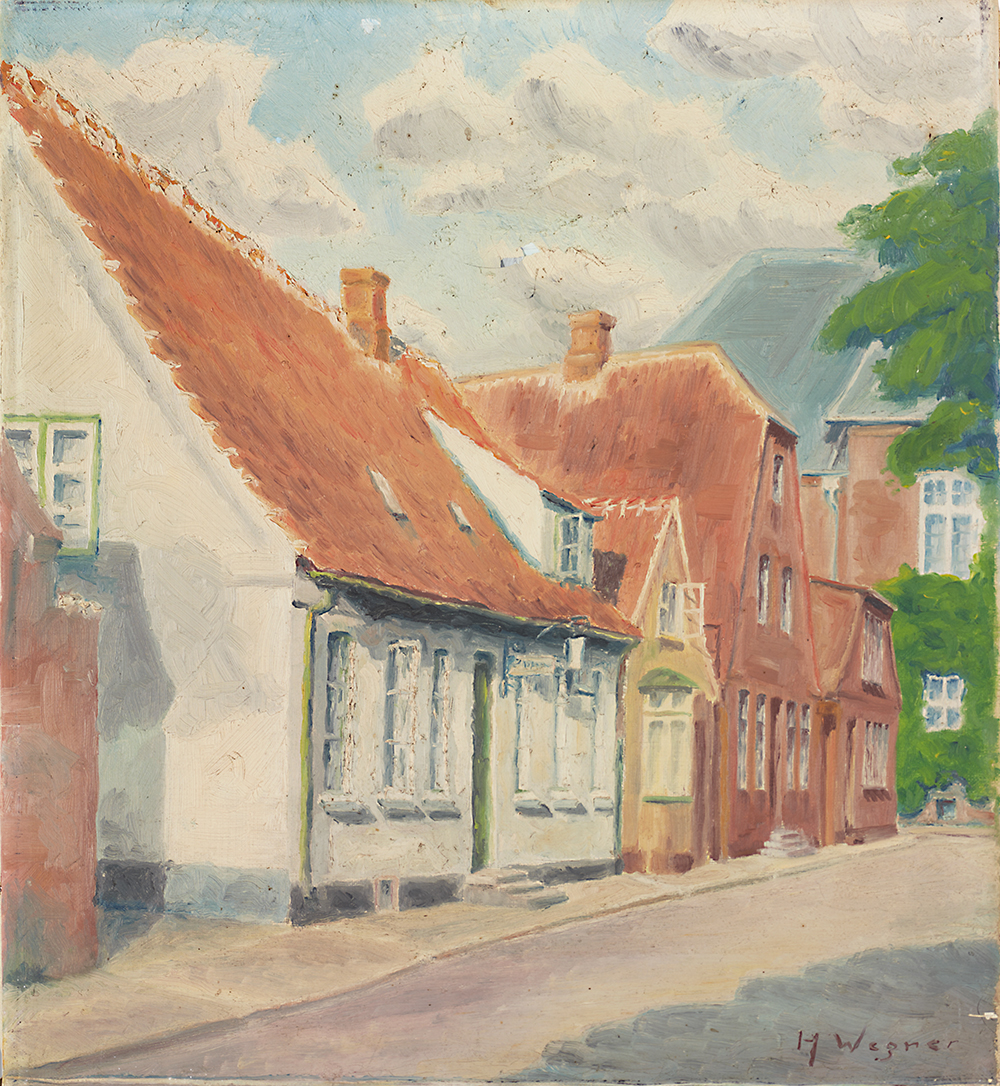
Already in early childhood, Wegner learned to handle tools. It is said that people would notice and comment on baby boy Wegner sitting in the pram cutting silhouettes out of paper with fairly large scissors.
The people of Tønder worried that the baby boy might cut himself, but Wegner’s mother replied that he knew exactly what he was doing.
At an early age he proved to be a competent watercolourist and developed an interest in nature, carving small pieces in wood using knives borrowed from his father’s workshop.
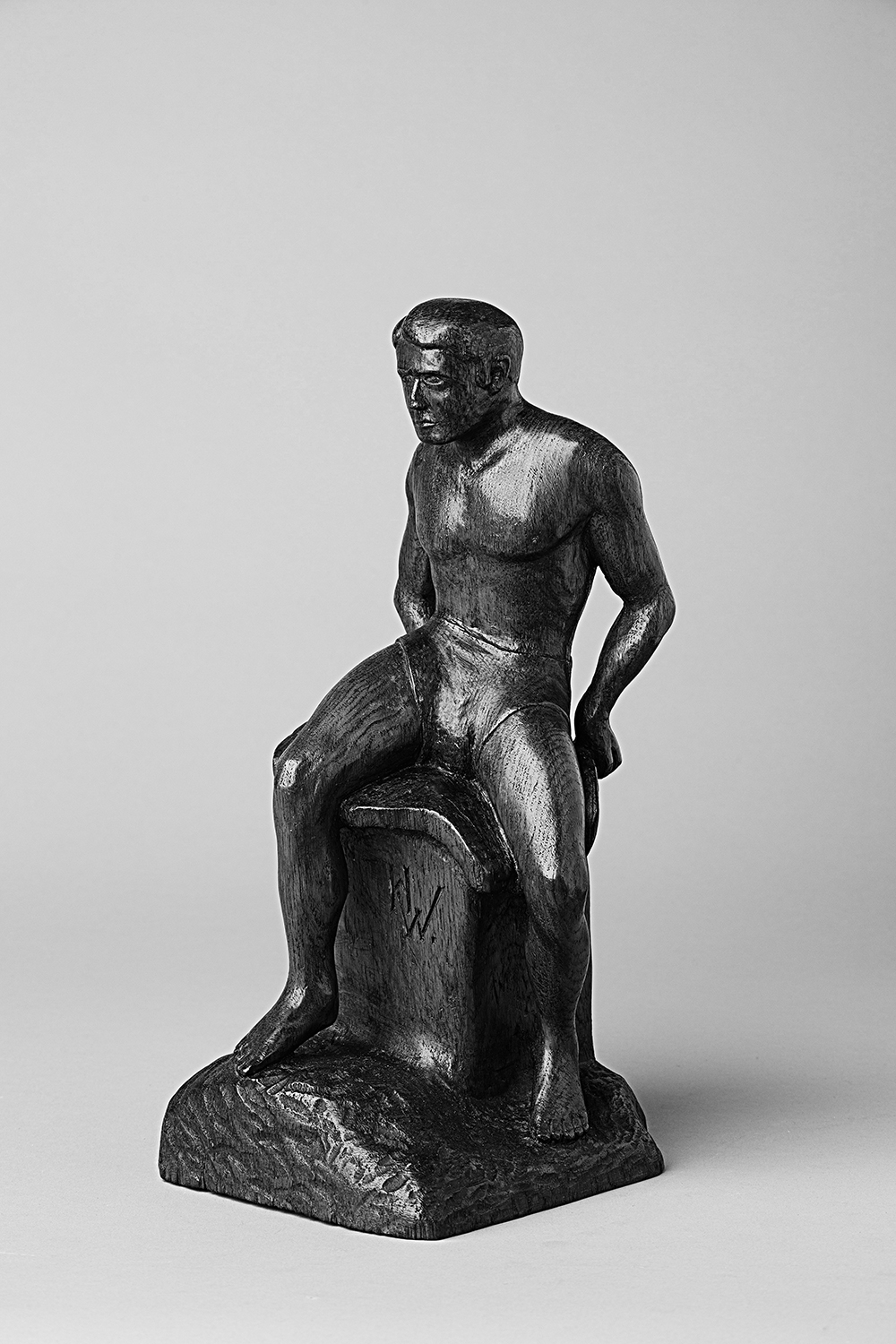
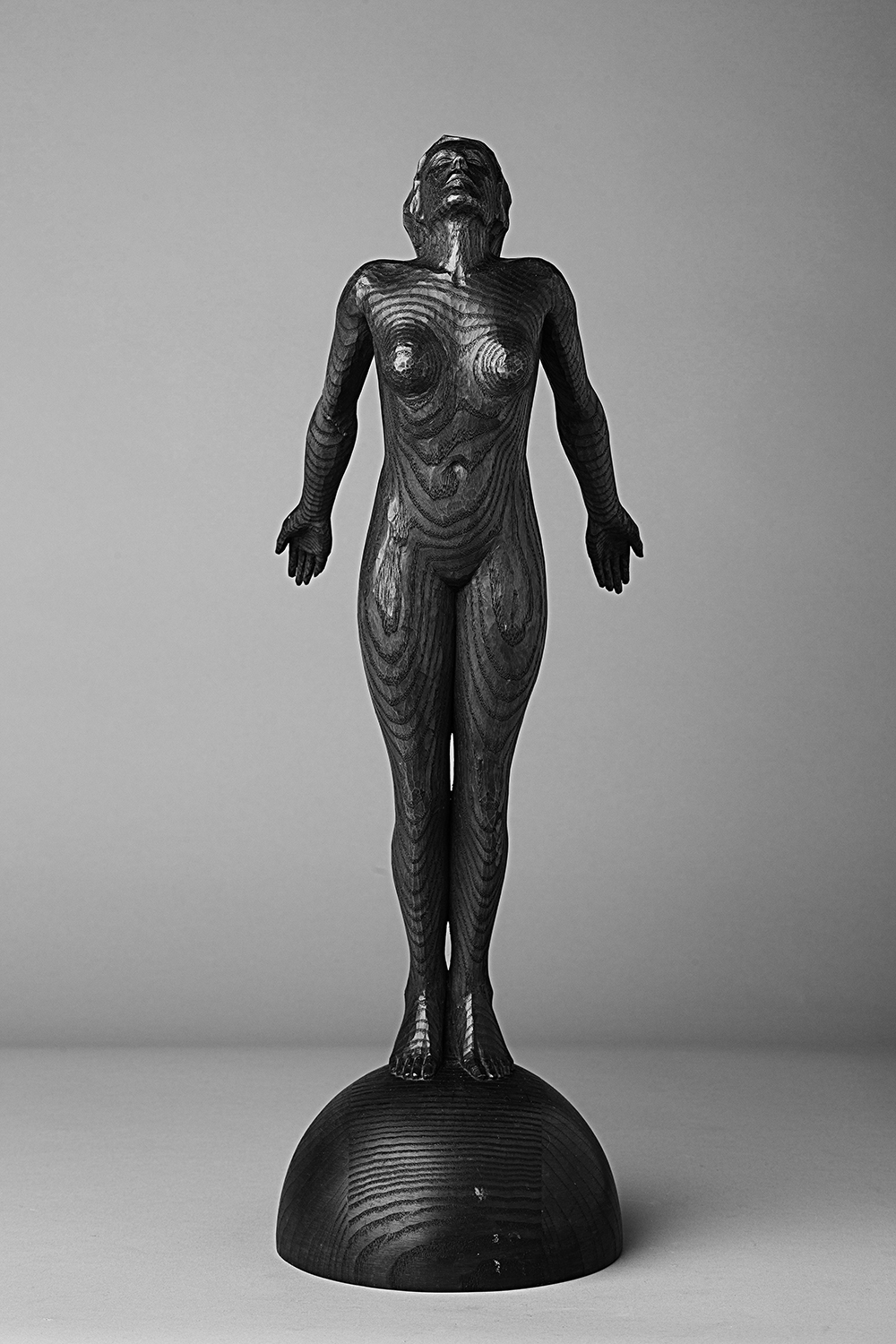
At the age of 14, Wegner began an apprenticeship as a cabinetmaker in the workshop of the Master of Craftsmen H.F. Stahlberg. In his spare time, he became a frequent visitor to the local Museum of Art and was fascinated by the collection of fine porcelain figurines by the Swedish artist Theodor Lundberg.
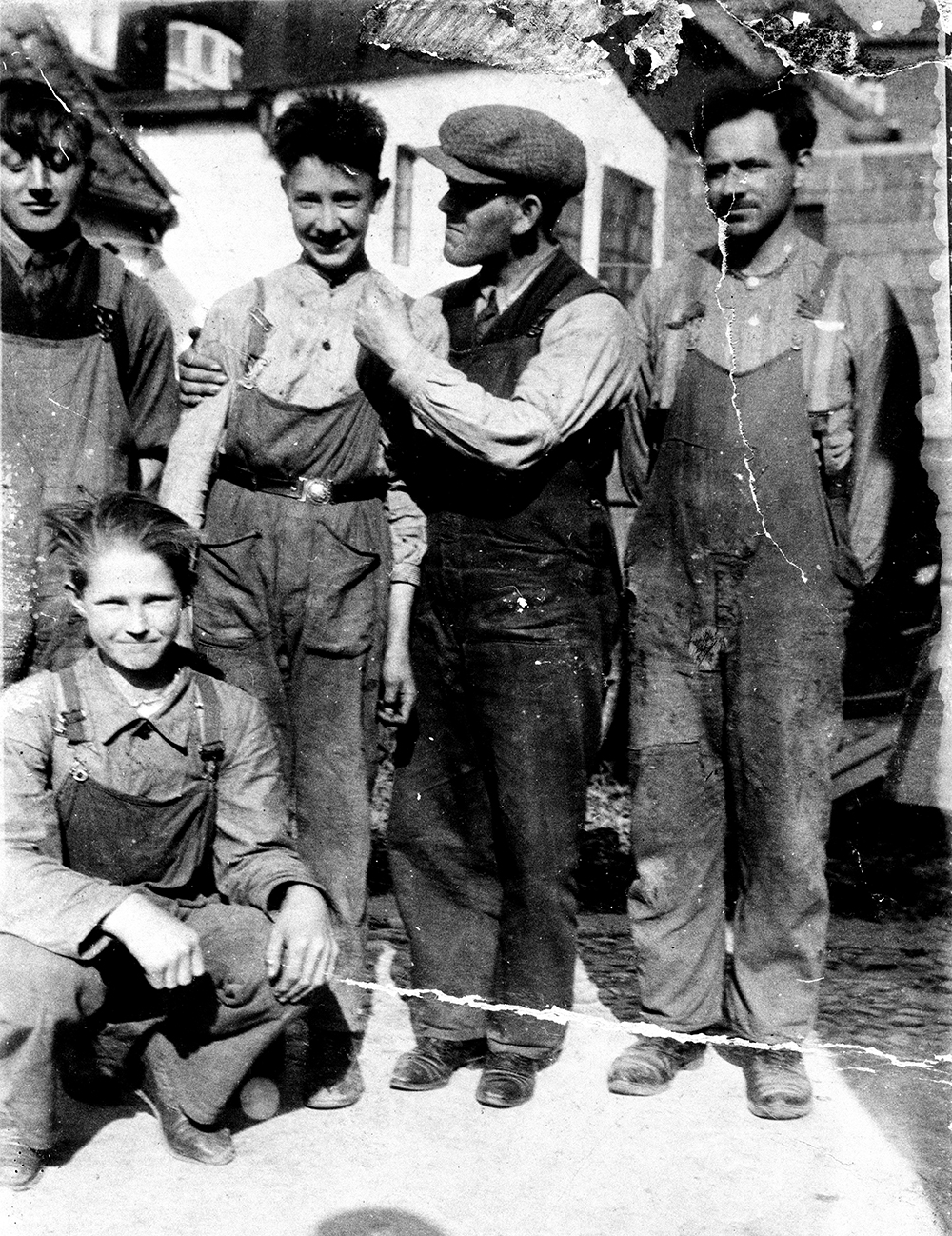
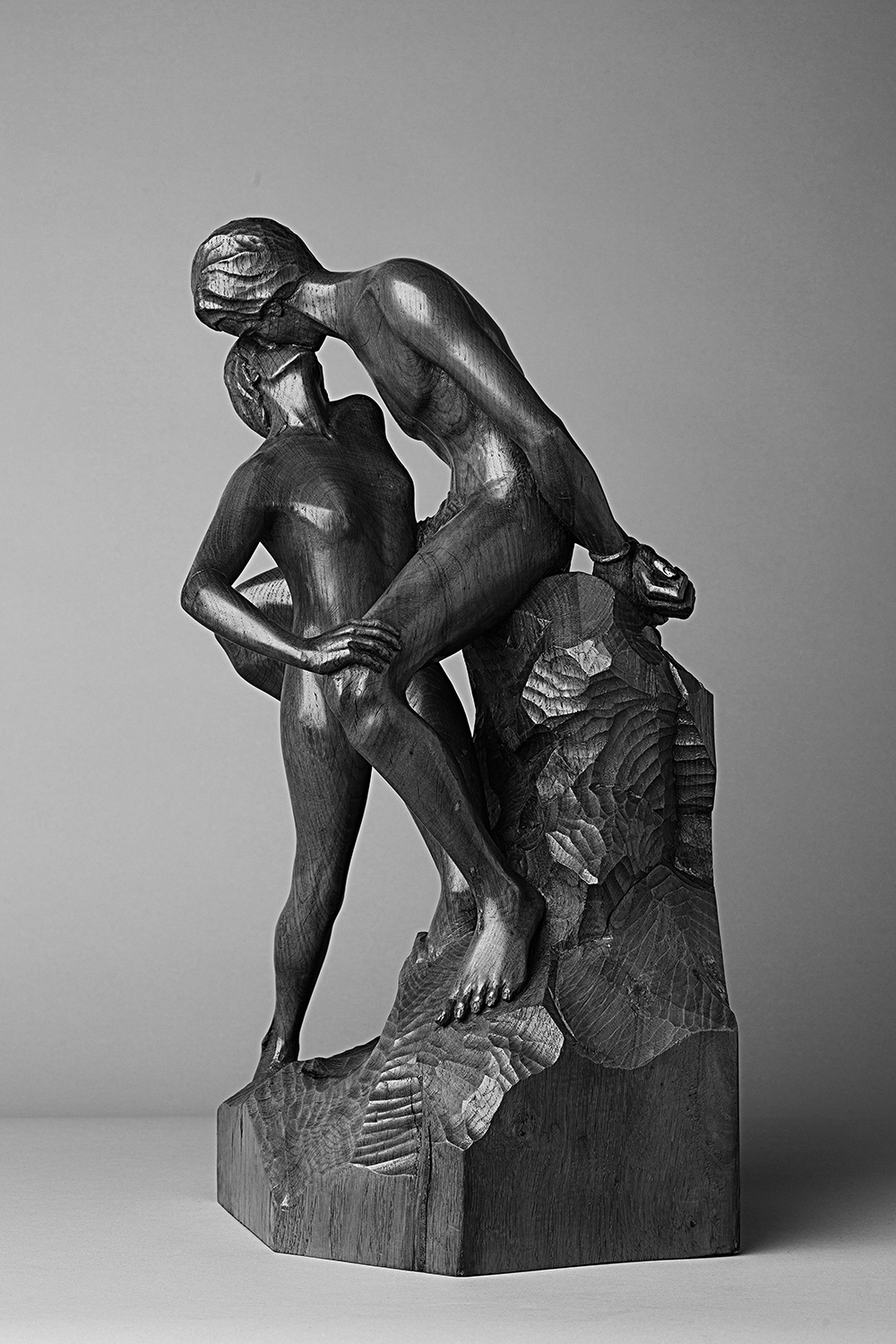
At the local Museum of Art Wegner was particularly fascinated by the collection of fine porcelain figurines by the Swedish artist Theodor Lundberg.
When in the late 1920’s a large house was demolished near his home, the young Wegner acquired several large pieces of oak. From these, he duplicated several of Lundberg’s figures including the largest, Wave and Rock, carved with surprising accuracy and proportion.
With hindsight, when studying these three dimensional sculptures they demonstrate the skills and understanding of proportion and space Wegner later employed in creating designs such as the Round Chair.
